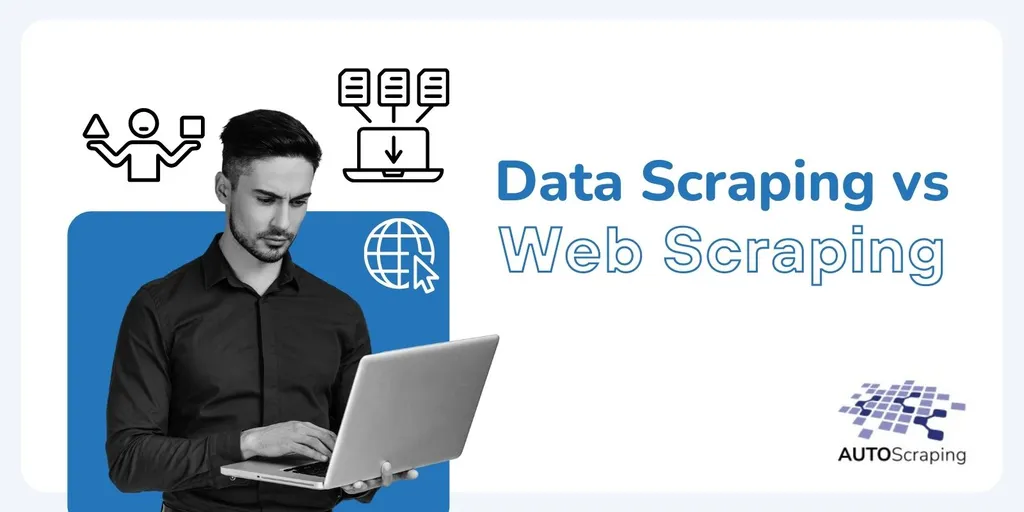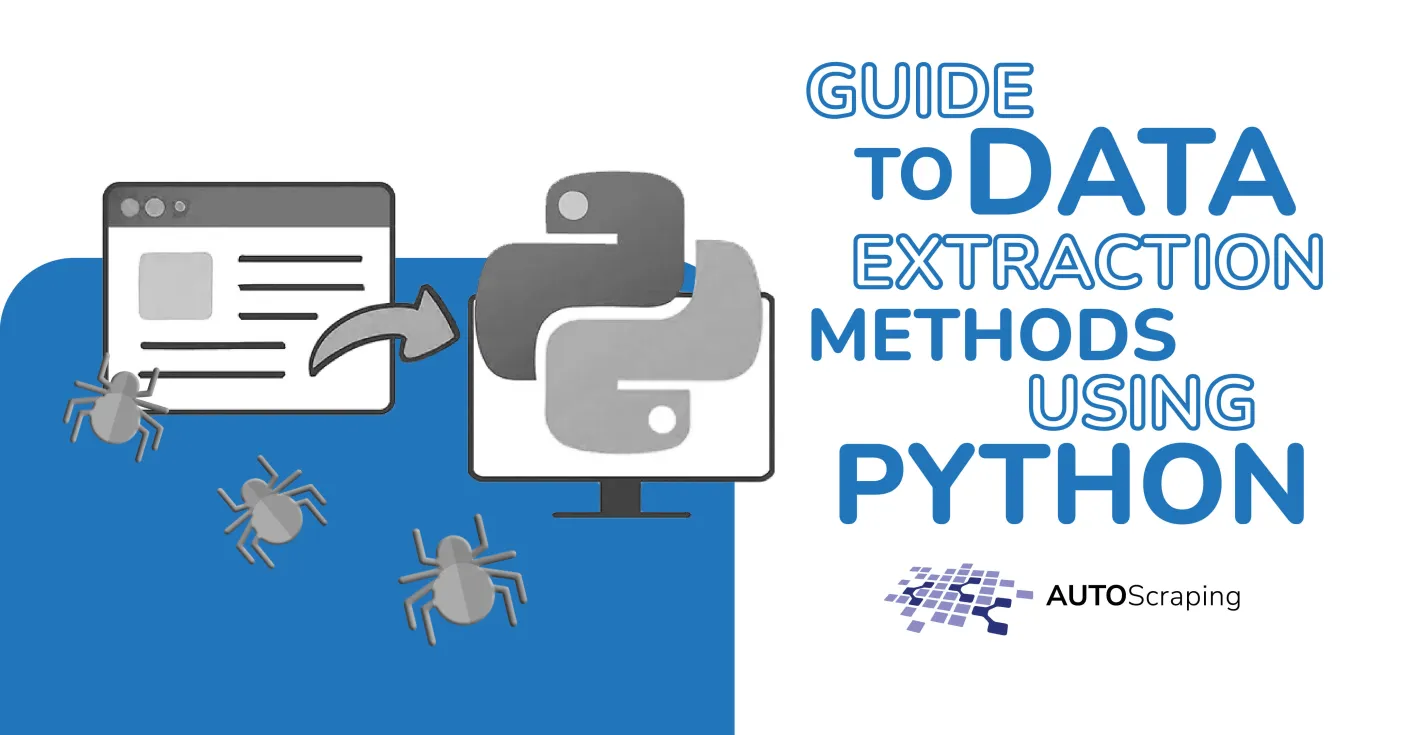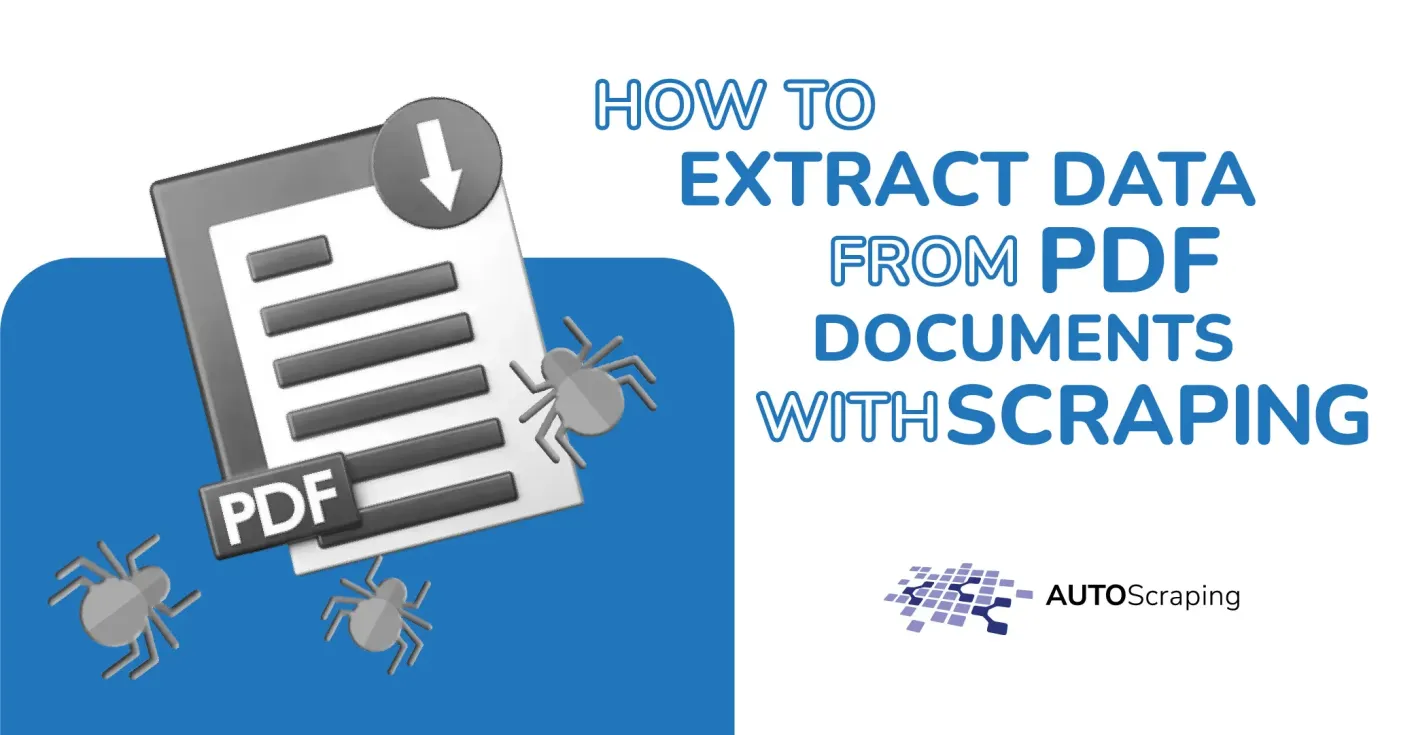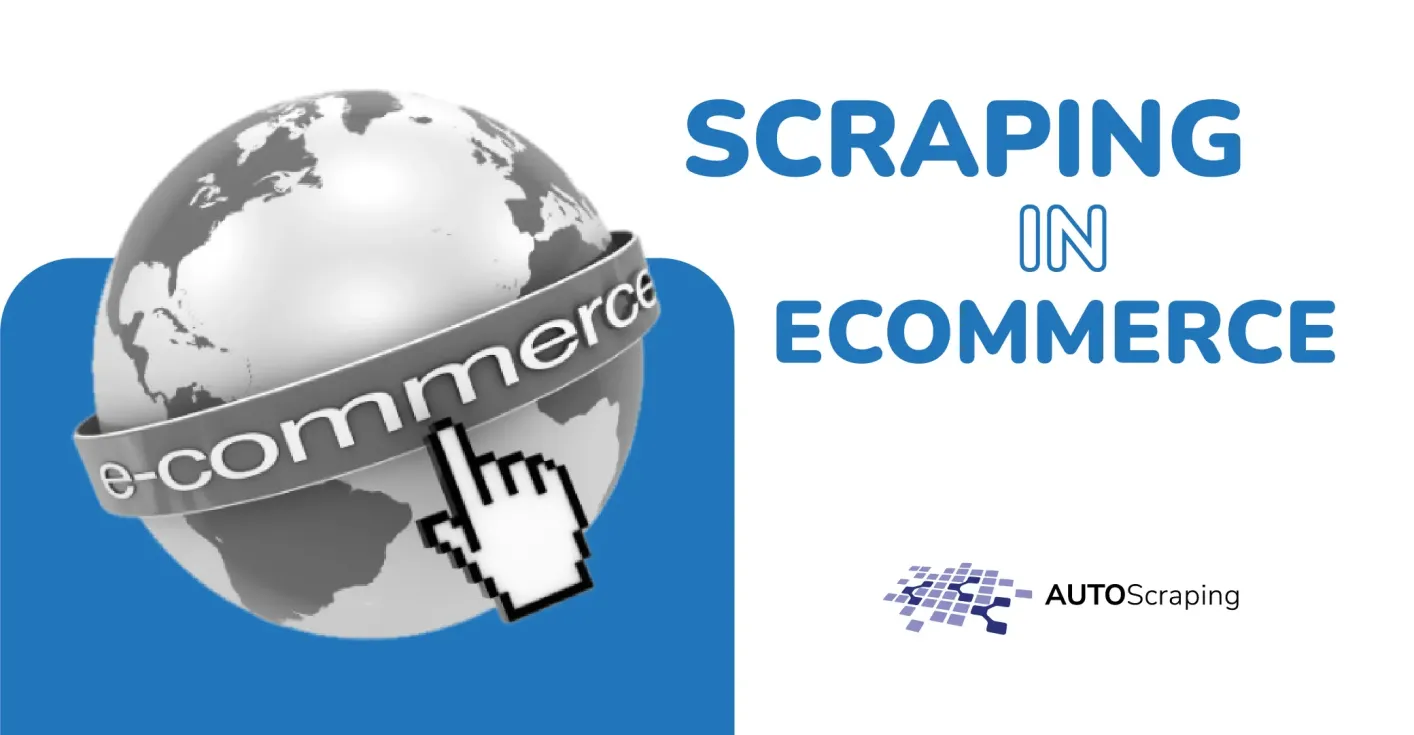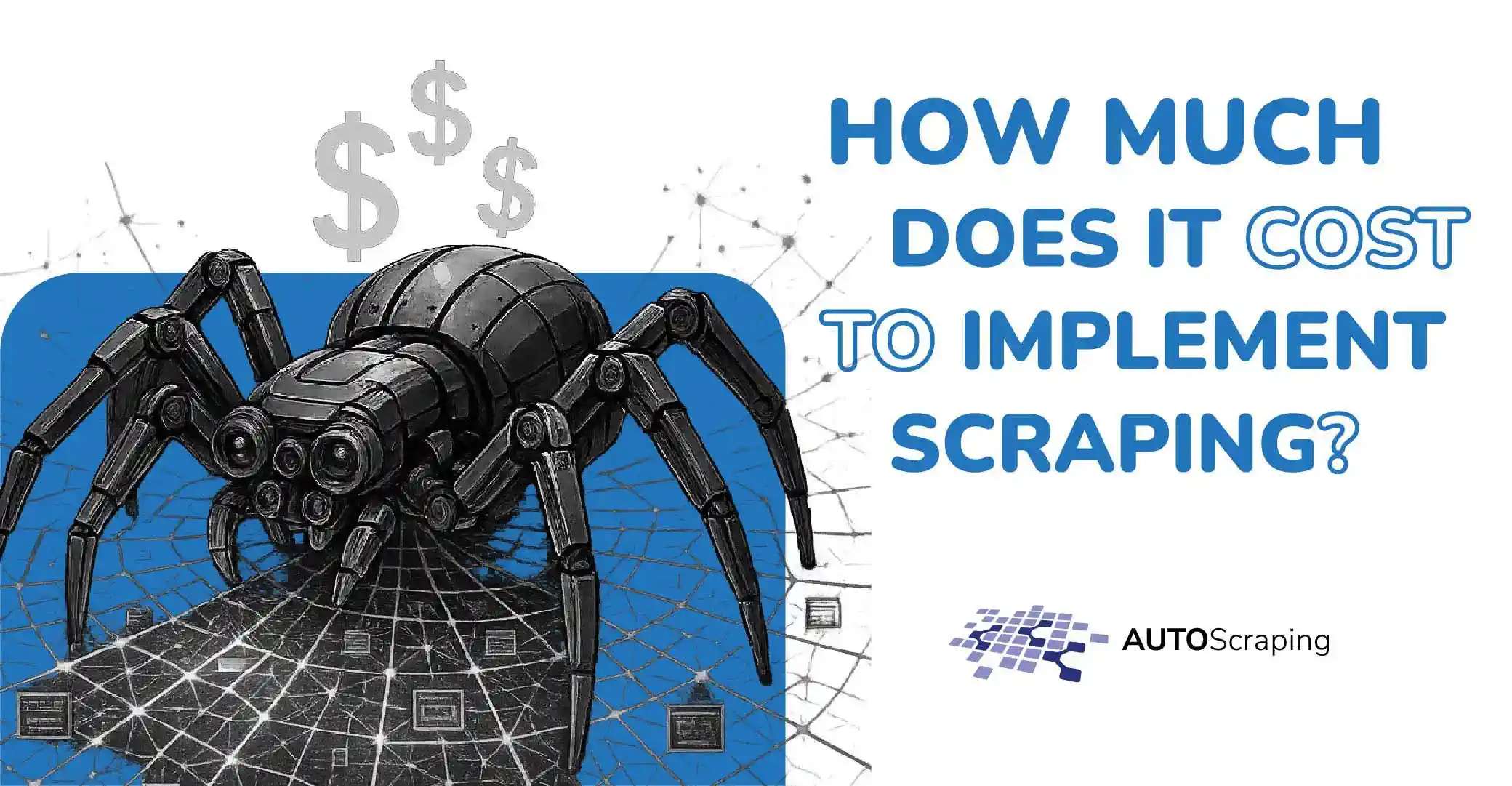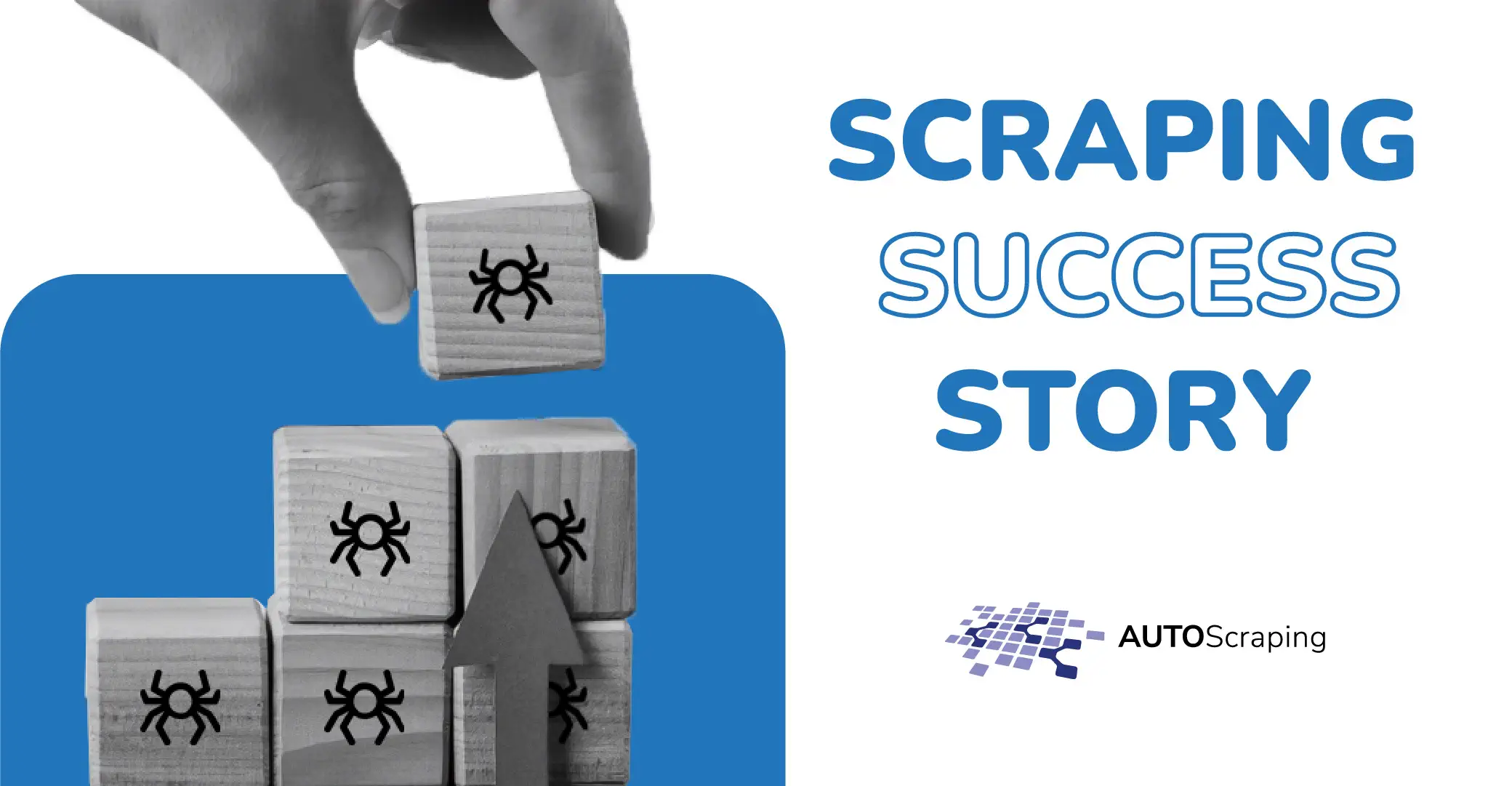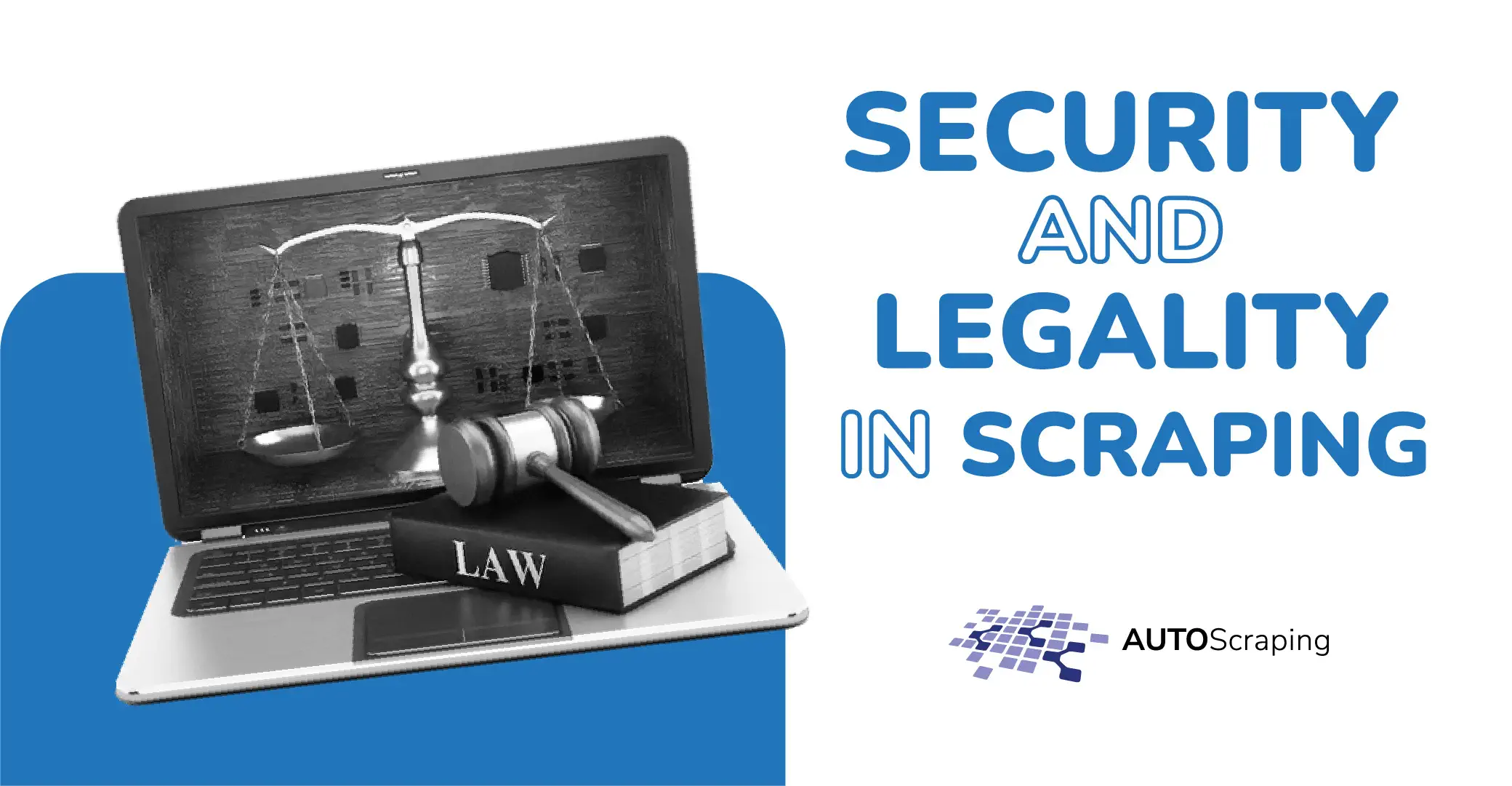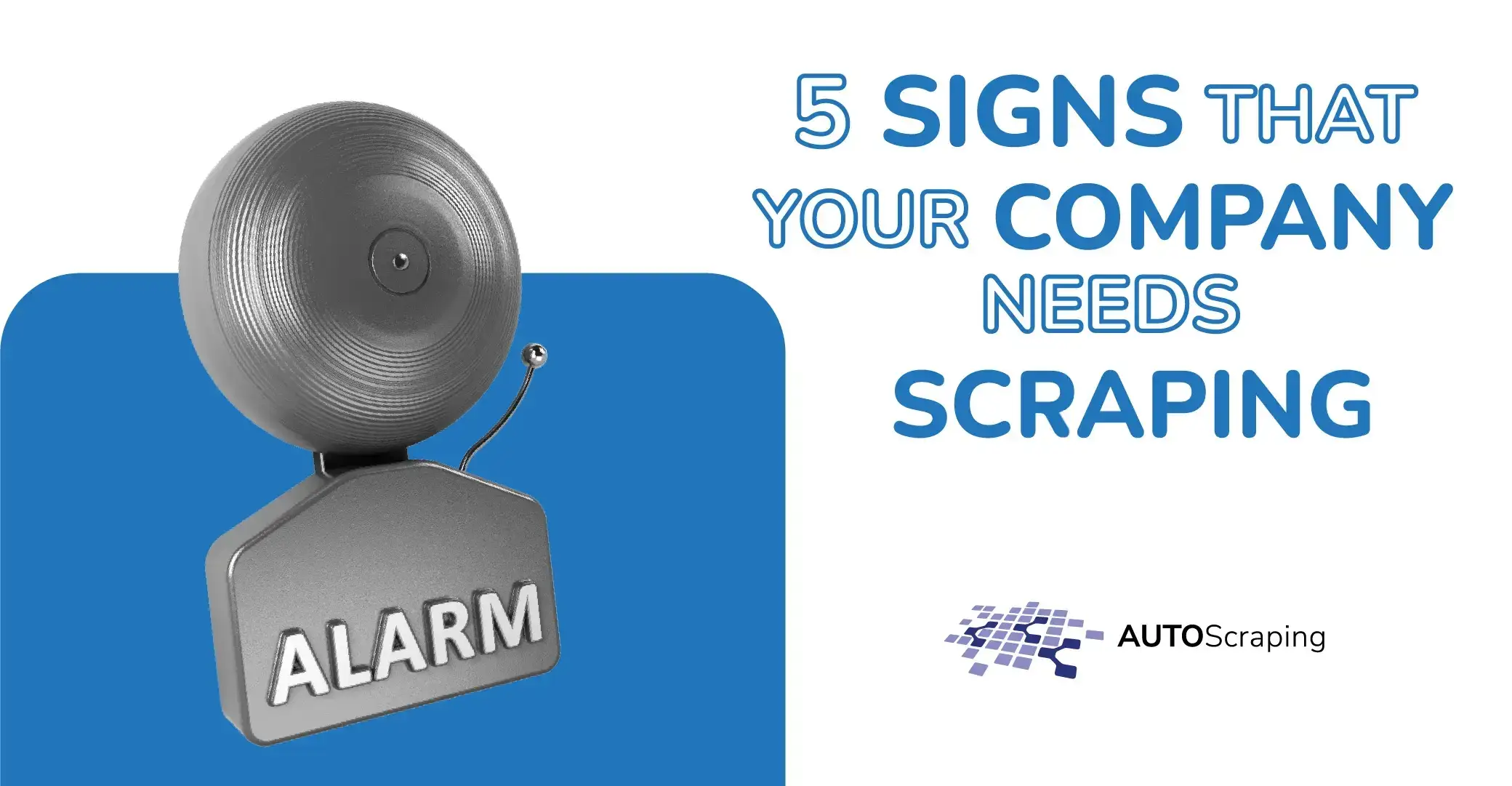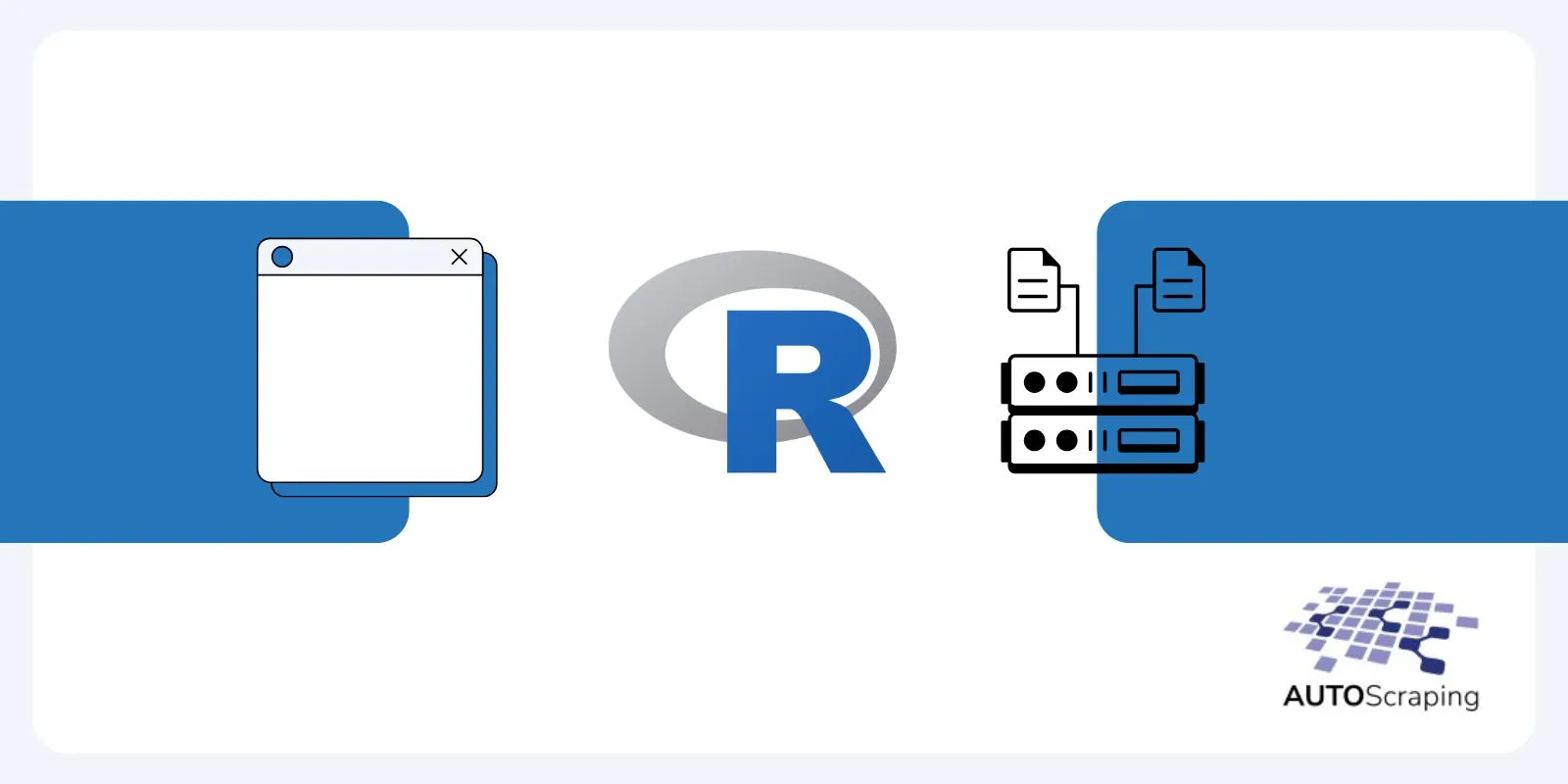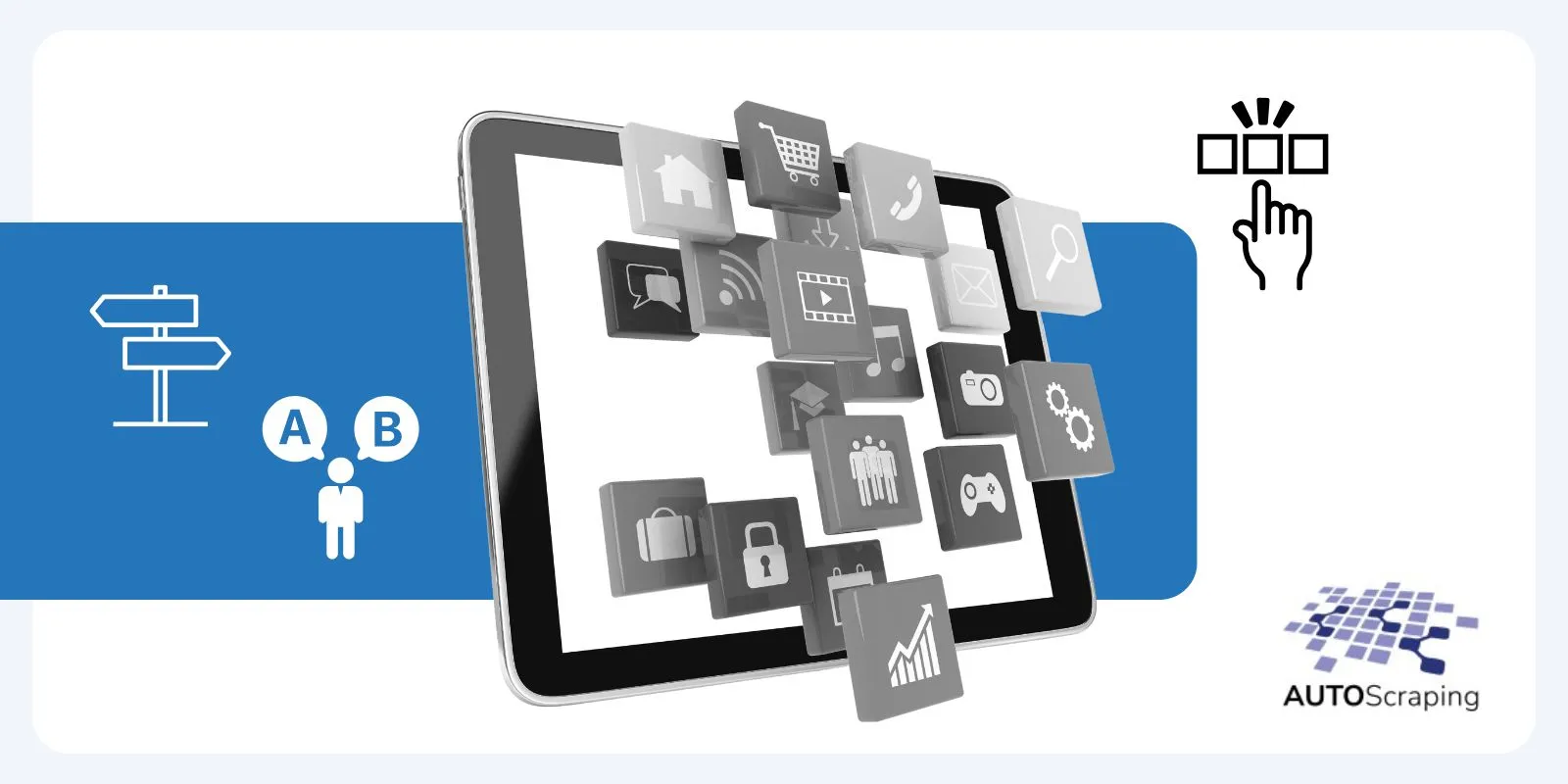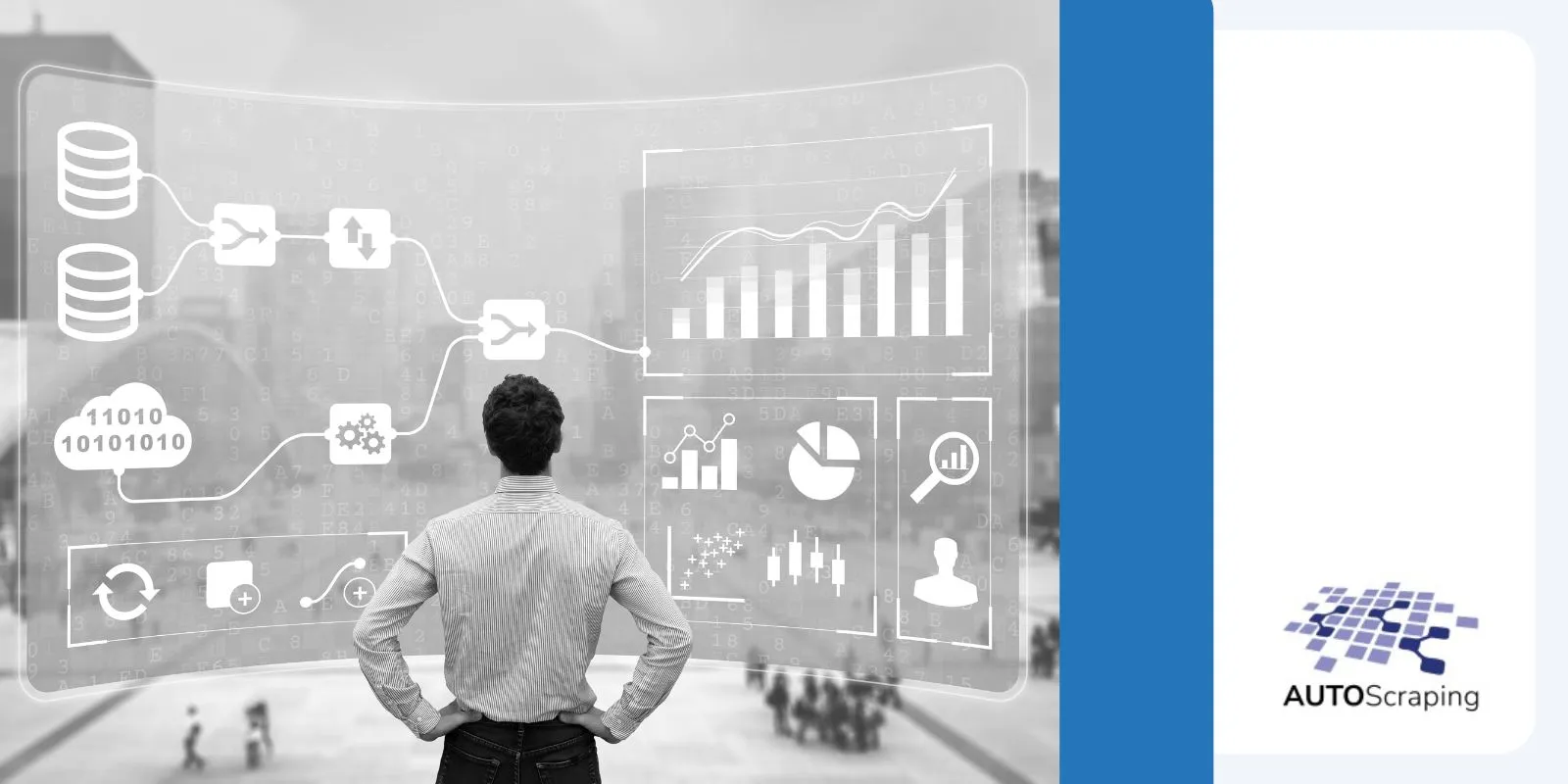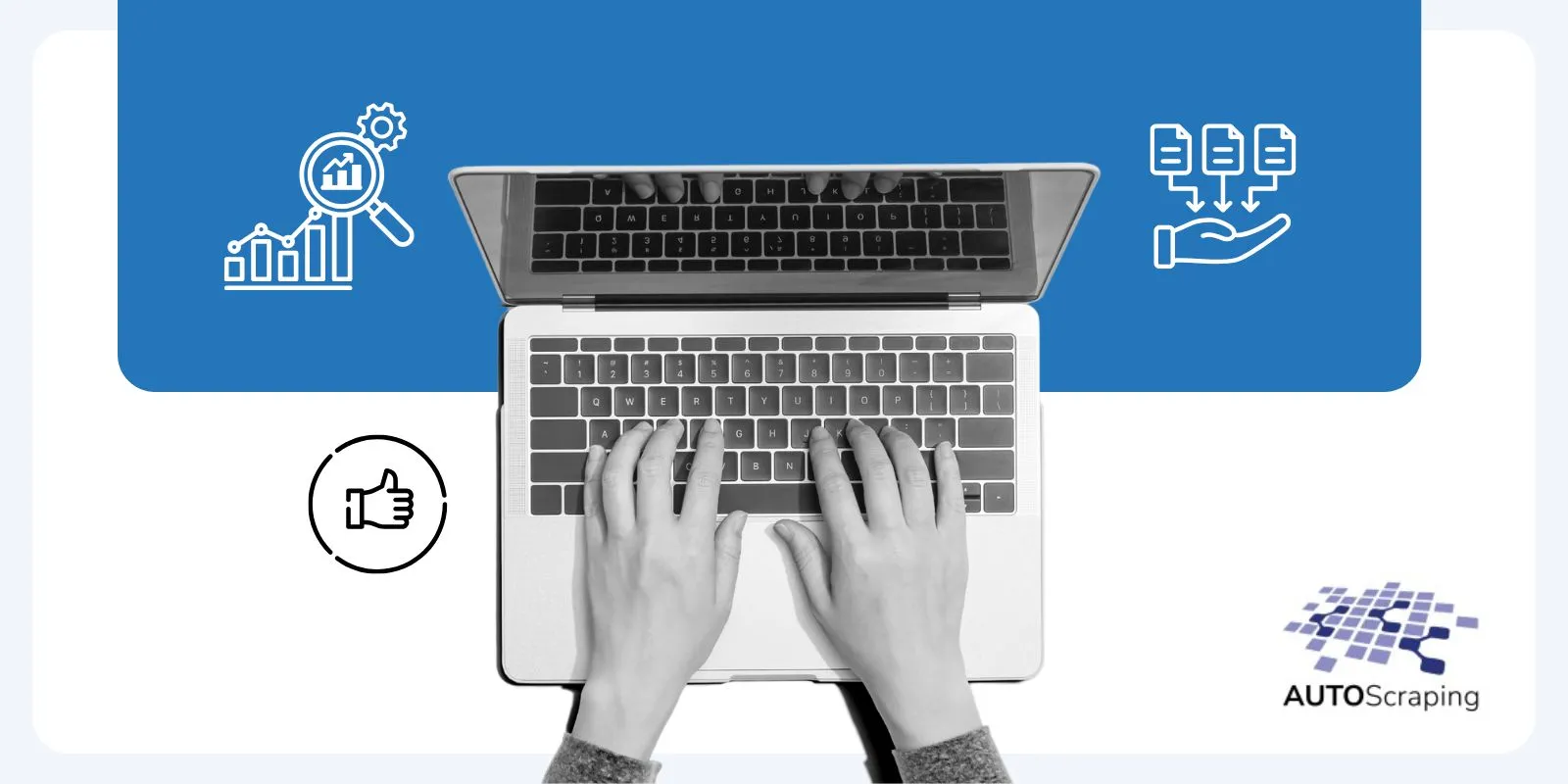Are you struggling to efficiently gather data for your business needs? Extracting information can be complex, especially when deciding between data scraping and web scraping.
In this article, we’ll highlight the key differences between these two methods, emphasizing the challenges they address and the importance of choosing the right approach for your data extraction needs.
By the end, you’ll understand the unique benefits and challenges of both data scraping and web scraping, along with guidance on how to select the most effective solution for your specific situation.
What is Data Scraping?
Data scraping is the process of automatically extracting large amounts of data from various sources, usually to be analyzed or repurposed.
Unlike traditional manual data collection, data scraping uses automated tools to quickly gather information that would otherwise take much longer.
- Speed and Efficiency: Data scraping automates repetitive tasks, saving time.
- Scalability: It allows businesses to gather data on a larger scale.
- Versatility: Can be applied to structured or unstructured data, from websites, documents, or databases.
While it’s efficient, data scraping can require advanced tools or custom-built software depending on the complexity of the source and data format.
What is Web Scraping?
Web scraping refers to the automated process of extracting data from websites. Unlike data scraping, which can target multiple data sources, web scraping specifically focuses on retrieving information from web pages.
This method enables businesses to collect and analyze online content for insights, market research, and competitive analysis.
- Access to Real-Time Data: Web scraping allows you to gather updated information from any website regularly.
- Structured Extraction: Tools like AutoScraping can easily navigate websites and extract structured data such as prices, product descriptions, or reviews.
- Automation: Instead of manually copying data, web scraping automates the entire process, saving time and reducing human error.
However, web scraping needs to be performed responsibly, adhering to legal and ethical standards like website terms of service. It’s an invaluable tool for companies looking to leverage online data efficiently.
The advantages of AutoScraping are focused on improving the efficiency and accessibility of data extraction. Some key benefits include:
- Full automation: Eliminates the need for manual data extraction tasks.
- No programming required: An intuitive tool that allows users to scrape data without technical expertise.
- Scalability: Handles large volumes of data from multiple sites quickly and efficiently.
- Time and cost optimization: Increases efficiency, reducing the time and resources spent on data collection.
Additionally, AutoScraping stands out for its security and reliability, ensuring continuous and legal access to data without disruptions. Automate data extraction and save time on repetitive tasks!. Book a meeting
Data Scraping vs Web Scraping: Key Differences
Understanding the differences between data scraping and web scraping is crucial for selecting the right solution for your data extraction needs.
Both methods are designed to gather information, but they cater to different scenarios and sources. Here are the key distinctions:
| Criteria | Data Scraping | Web Scraping |
| Data Sources | – Primarily extracts data from structured sources like databases, spreadsheets, or APIs. | – Focuses on unstructured data from websites, pulling content directly from HTML pages. |
| Data Formats | – Works with data in well-defined formats (e.g., JSON, CSV). | – Handles various HTML structures, which can vary greatly between different websites. |
| Automation Processes | – Utilizes specialized tools for direct connections to data sources, enabling seamless retrieval. | – Often requires complex setups, including parsing HTML and navigating web elements, for data extraction. |
| Efficiency | – Generally more efficient for structured data, allowing for quick and accurate retrieval of large volumes. | – Can gather data from multiple websites but may require manual intervention due to varying layouts and anti-scraping measures. |
| Complexity | – Less complex; straightforward extraction from known data structures. | – More complex; involves dealing with changing web page layouts and potential legal/ethical considerations. |
| Use Cases | – Best for scenarios where data is already organized (e.g., sales reports, API data retrieval). | – Ideal for scenarios requiring insights from various web sources (e.g., competitor analysis, market research). |
Data Scraping: Advantages and challenges
Data scraping offers numerous advantages that can significantly enhance business operations.
| Aspect | Advantages | Challenges |
| Time Efficiency | – Automates data collection, saving considerable time compared to manual methods. | – Complexity of accessing data sources with strict security measures can slow down the process. |
| Cost-Effectiveness | – Reduces labor costs associated with manual data entry and management by streamlining the process. | – Connecting scraped data to existing systems may require additional resources and technical expertise. |
| Data Accuracy | – Structured data extraction minimizes human error, ensuring reliable information ready for analysis. | – Frequent changes in source data can affect the accuracy of the extracted information. |
| Data-Driven Decisions | – Facilitates gathering insights from databases, enhancing decision-making capabilities. | – Data quality issues may arise without proper validation and cleaning, leading to inconsistencies. |
| Compliance | – Allows for organized collection of relevant data for analysis and reporting. | – Legal and ethical concerns may arise, requiring businesses to address compliance to avoid ramifications. |
Recommended Lecture: 5 Main Differences between Web Scraping and Data Mining 2024
When to Use Data Scraping vs Web Scraping?
Scenarios for Data Scraping
Data scraping can be a valuable tool in many practical situations where you need to extract structured data efficiently. Here are some common scenarios where data scraping is particularly useful:
- Internal Database Management: Organizations can automate data extraction from their internal databases, such as SQL databases or spreadsheets. This saves time and reduces the chance of errors during tasks like updating records or generating reports.
- Market Research: Companies can gather insights from their internal data, such as historical sales or customer interactions. By scraping this information, businesses can identify trends and make better decisions based on their own data.
- Data Migration: When transitioning to new software or systems, data scraping can help extract information from older systems. This smoothes the process of moving data into a new environment without losing any important information.
- CRM Enhancement: Data scraping can pull together customer data from various internal sources, helping organizations build comprehensive profiles. This can lead to better customer engagement and targeted marketing efforts.
- Compliance Monitoring: Businesses can use data scraping to ensure they meet regulatory requirements. By analyzing internal data, organizations can identify discrepancies and make necessary adjustments.
When Web Scraping is Better?
Web scraping is the go-to solution in specific scenarios where public data is plentiful and diverse. Here’s when web scraping really stands out:
- Collecting Competitor Insights: When you need to keep an eye on competitors, web scraping helps gather crucial information on their products, pricing, and promotions from their websites.
- Aggregating Data from Multiple Sites: Web scraping excels at pulling data from different sources that might not have APIs. For example, you can compile reviews from various platforms or gather product details across different retailers quickly.
- Real-Time Updates: In fast-paced sectors like finance or travel, web scraping allows you to collect data in real-time. This means you can monitor stock prices, flight availability, or market trends, ensuring you always have the latest information for your business decisions.
- Analyzing Social Media Trends: Businesses can use web scraping to track trends and sentiments on social media. Extracting data from public posts helps understand customer opinions, allowing for timely adjustments to strategies.
- Job Market Analysis: If you’re looking to navigate job market trends, web scraping can pull data from job boards about open positions, salaries, and necessary skills, guiding your hiring strategies effectively.
Legal Considerations
When deciding between data scraping and web scraping, it’s crucial to understand the legal implications involved. Here are some key points to consider:
- Terms of Service: Always review the terms of service (ToS) of the website you plan to scrape. Many sites explicitly prohibit scraping in their ToS. Violating these terms can lead to legal action, including being blocked from the site or facing potential lawsuits.
- Data Ownership: Be aware of copyright laws surrounding the data you’re scraping. While public data may seem fair game, specific information can be protected by copyright, and using it without permission can lead to legal consequences.
- Privacy Regulations: With increasing regulations like the General Data Protection Regulation (GDPR) in Europe and the California Consumer Privacy Act (CCPA) in the U.S., businesses must ensure they comply with data privacy laws.
- Ethical Considerations: Beyond legal obligations, consider the ethical implications of your scraping practices. Respect for the source’s data and user privacy can foster better relationships and maintain your company’s reputation.
- Potential for Legal Action: Companies whose data is scraped may take action against scrapers, leading to lawsuits. Understanding the risks and preparing a robust legal strategy is essential for any scraping operation.
Automation Solutions: Other Methods
When it comes to automating data extraction, there are several alternatives to traditional data and web scraping. These methods can offer greater flexibility depending on the specific needs of your business.
| Method | Description | Advantages | Challenges |
| APIs (Application Programming Interfaces) | APIs allow extraction of structured data directly from platforms, providing clean, organized data. | – Reliable and efficient data extraction. – Clean, structured data.- Real-time data access. | – Requires the data provider to offer an API. – Limited to the data available through the API. |
| ETL (Extract, Transform, Load) | ETL processes automate data movement between sources, transforming and loading it into databases. | – Transforms data to match business needs. – Ideal for integrating various data streams. | – Requires a robust setup. – Expertise in data management and integration is needed. |
| Bots and Automation Tools (RPA) | RPA bots mimic human actions to automate repetitive tasks on websites and applications. | – Efficient for automating repetitive tasks. – Can mimic human behavior for varied actions. | – Not suitable for large-scale data extraction. – Requires programming and ongoing maintenance. |
Recommended Lecture: 5 Key Differences between API vs Web Scraping in 2024
Automated Data Extraction Tool: AutoScraping
Automated Data Extraction Tool: AutoScraping
AutoScraping is an ideal solution for businesses looking to simplify data extraction without getting bogged down in technical details.
It eliminates the need for manual scraping methods and offers a straightforward approach to collecting data from various online sources.
With AutoScraping, businesses can focus on what matters—analyzing the data—rather than spending time and effort on extraction processes.
Advantages of AutoScraping:
- No Coding Required: With AutoScraping, even non-technical users can automate complex data extraction tasks without needing programming knowledge. This makes it highly accessible to businesses of all sizes.
- Scalable Solutions: AutoScraping easily adapts to varying data needs, whether you’re collecting small datasets or scraping large volumes of information. Its scalability ensures you never outgrow its capabilities.
- High Accuracy and Precision: The tool focuses on providing accurate and clean data, minimizing errors in extraction. This ensures reliable data for your business decisions and strategies.
- Time-Saving Automation: AutoScraping automates repetitive data scraping tasks, freeing up valuable time for your team to focus on data analysis and decision-making instead of manual scraping efforts.
- Customizable Data Collection: The platform allows you to tailor your data extraction according to specific needs, ensuring you gather only the most relevant information for your projects.
- Cost-Effective: By reducing the need for manual labor and minimizing errors, AutoScraping offers a cost-effective solution for businesses looking to streamline their data processes.
- User-Friendly: Designed to be easy to use, with no coding skills required. In just a few clicks, you can set up and automate your data scraping tasks, making it accessible for businesses of any size.
FAQs: Data Scraping vs Web Scraping
Is data scraping the same as web scraping?
No, data scraping refers to extracting information from any digital source (e.g., PDFs, databases), while web scraping specifically targets data extraction from websites. Web scraping is a subset of data scraping, used to automate the collection of online data.
Is data mining the same as web scraping?
No, web scraping extracts data from websites, whereas data mining analyzes large datasets to discover patterns. They are complementary but serve different purposes in data processing.
Difference between screen scraping and data scraping?
Screen scraping captures visual data from the display of a device, often used to automate UI tasks, while data scraping extracts structured data from source files or websites.

